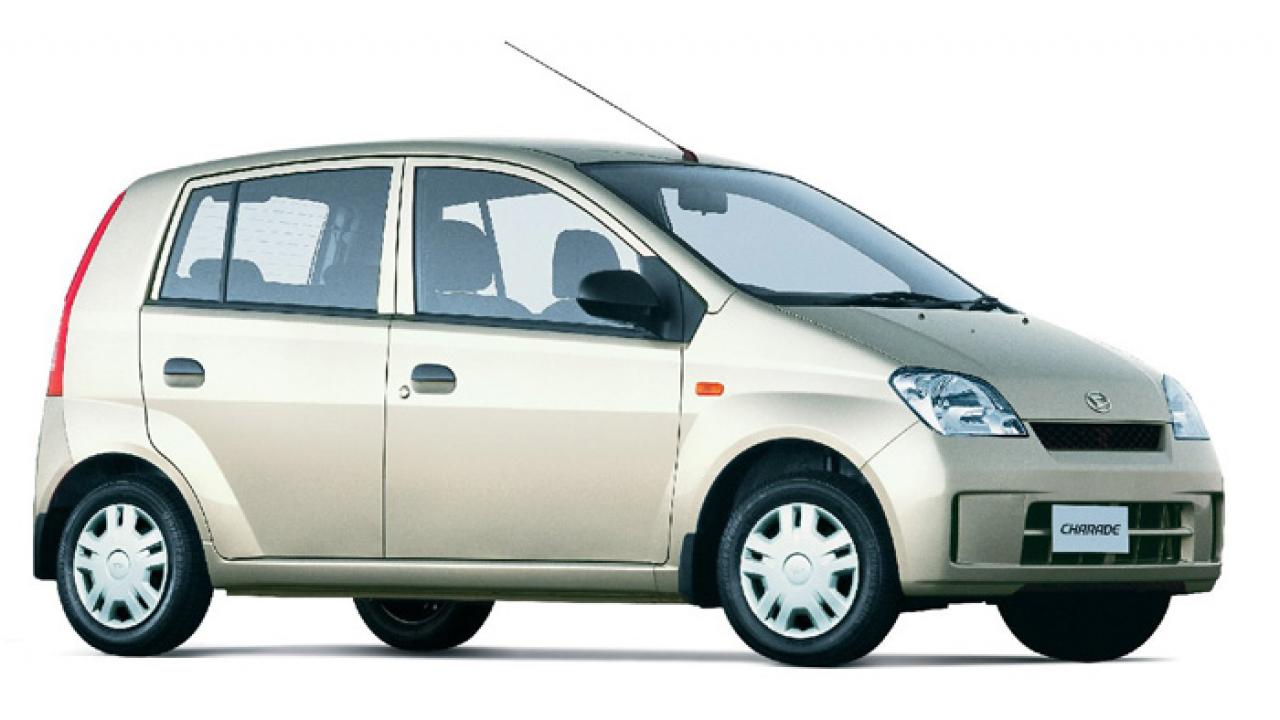While many of us will always have a sustainable need for larger sedans; more and more consumers who can make do without the vast boot space and ample grunt under the bonnet, are looking toward more fuel efficient small cars as a way to take shelter from the recent barrage of fuel price hikes.
A perfect time then for one of the smallest to receive a mild makeover for 2006. In a market driven more increasingly by fuel efficiency, the Charade retains a cheeky confidence with its Lilliputian three-cylinder power unit.
Make fun if you like, of the humble stature and cubist styling, but we found an even proportion of those who either liked or disliked the Charades appearance. Any joke crackers are soon silenced when the benefits of small car manoeuvrability are demonstrated, a forte of which the Daihatsu flaunts capably.
Navigating car parks is a doddle. Even for those scared off by the embarrassment of getting it all wrong, parallel parking on a busy café strip.
Good visibility and a tiny turning circle (8.4 metres) makes the Charade a delight to manoeuvre into, and out of any tight spot.
Gaining access to the car itself however isn't as simple as its competitors, as no remote locking is available, which will disappoint those used to the convenient feature. Once inside though, Tardis-like dimensions impress.
The tall roofline allows for adequate headroom for the average adult, no room for five occupants, but Daihatsu don't attempt at marketing the Charade as a five seater, and offer a realistic four seatbelts.
The front seat bases offer excellent thigh support considering the vehicle's size; we found them to be larger than those found in some mid-size cars.
In reality, the Charade is still really a bare bones entry into the new car market, but thankfully the face-lift introduces niceties such as rev-counter, and more upmarket interior textiles.
The instrumentation features chrome lipped dials, and a cheery digital, Hello and Good-Bye message when you turn the vehicle on and off. Cute.
Under the bonnet beats the heart of a 989cc three-cylinder engine. Small and not incredibly powerful producing a meagre 41kW; the Daihatsu does however give the illusion of a sporty power unit with the growling soundtrack, a signature of the three-cylinder configuration.
Variations on this theme, including some potent turbo-charged units, have also been proving themselves as strong and reliable runners since the eighties.
This generation of the popular powerplant makes use of variable valve timing and four valves per cylinder, this fuel efficient technology gives the engine a distinct edge over its closest rival, the Kia Picanto. This makes do with three valves per cylinder and no VVT.
Our test vehicle was mated to a five-speed manual, an auto is also optioned though we suspect this will labour the engine up hills, and impede performance and economy somewhat.
ABS is not standard fitment, adding a further $900, and the Charade still opts for drum rear brakes. The latter is only really a servicing issue (drum brakes require intermittent adjustment and take longer to replace than disc brakes) as the braking efficiency is fine for the lightweight Daihatsu.
Around town the handling is a little choppy, the short wheelbase not conducive to absorbing larger shocks in road surface.
The tall and narrow stance also gives the Daihatsu a higher centre of gravity, and it can feel slightly top heavy if pressed around corners, although we don't see this as an issue for the Charade's target market.
Luggage space is predictably small, though easily loaded with a good hatch aperture and low lip height. There's enough room for the average shopping quota, and should bulkier items need to be carried the seats do fold down though not to create a flat load space.
The Charade is among the smallest of the small car market and one of the cheapest at $17,400 (before the obligatory Toyota/Daihatsu discounting). Though the $900 ABS cost option is strongly recommended. The Daihatsu's engine is a class leader in economy, but the chassis lacks in dynamic ability, and ABS comes standard among all its competitors. Which even around town, is an important safety feature; especially in the wet.

